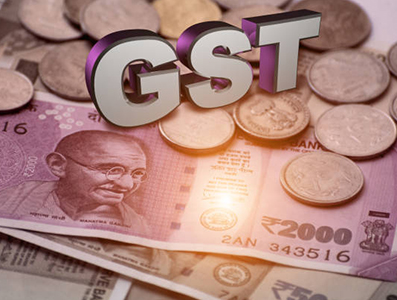How To Login On GST Portal (www.gst.gov.in) Online In India
The GST Portal is the official website of the Indian government for GST filing, GST registration, GST refund monitoring, complaints, notices, and other GST-related compliances and information. Any taxpayer who…









